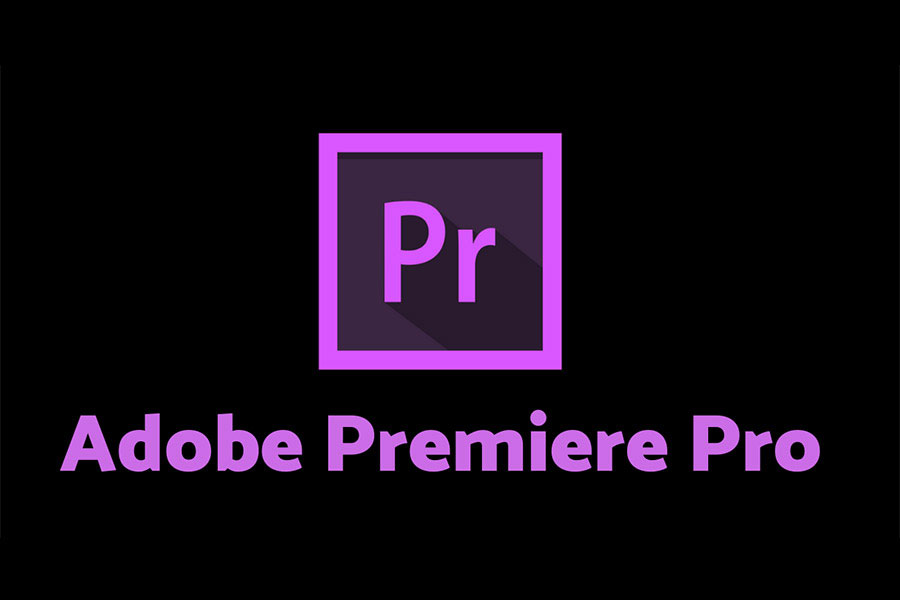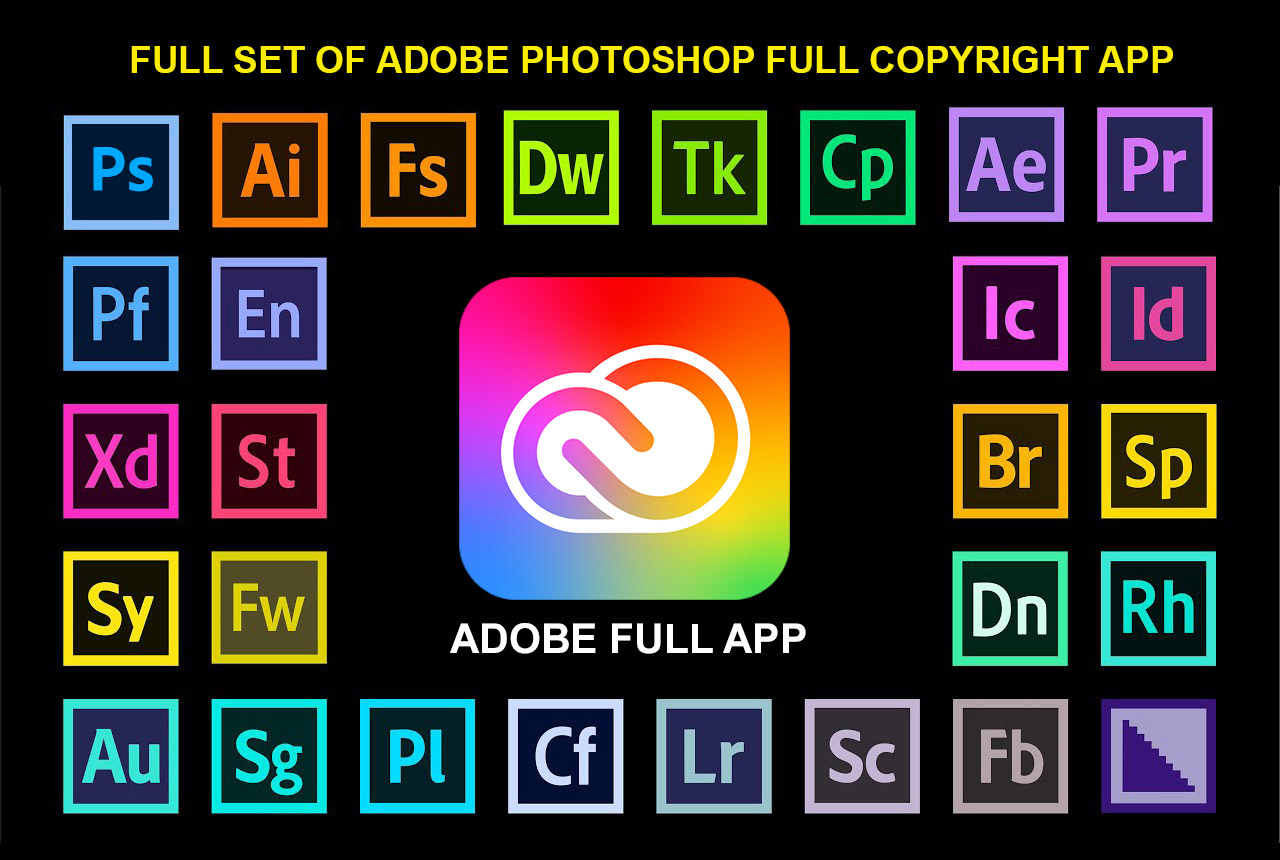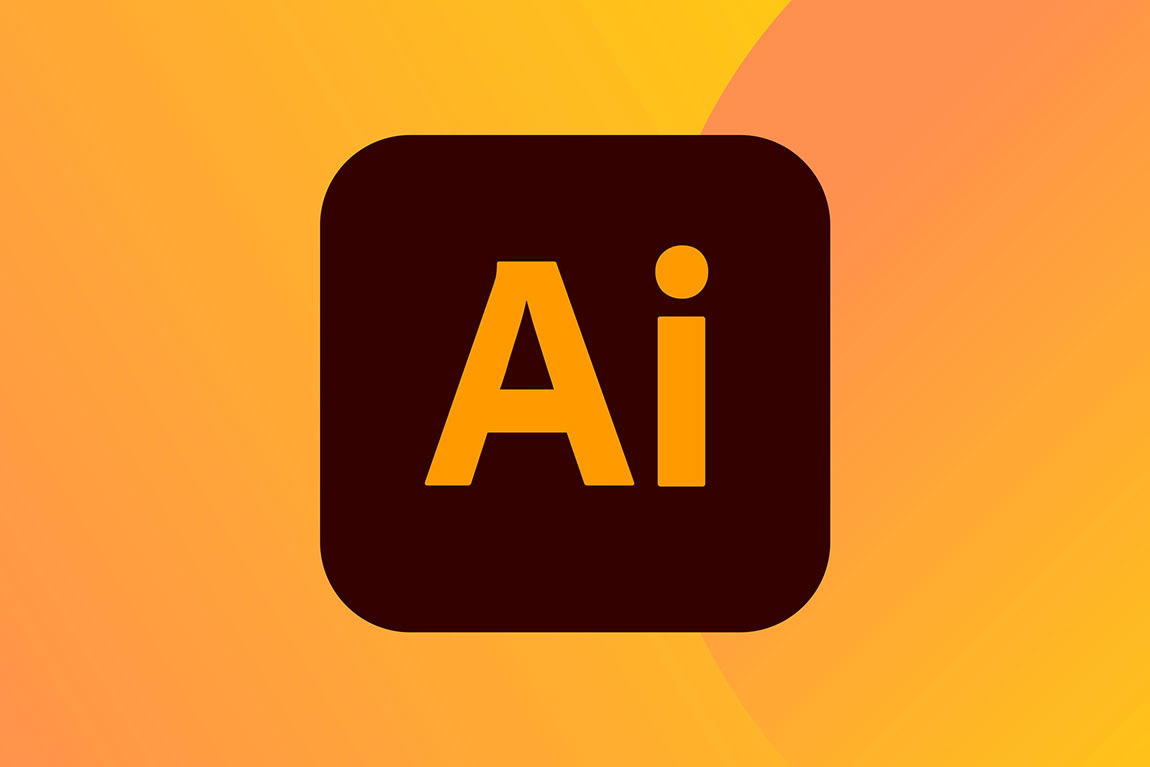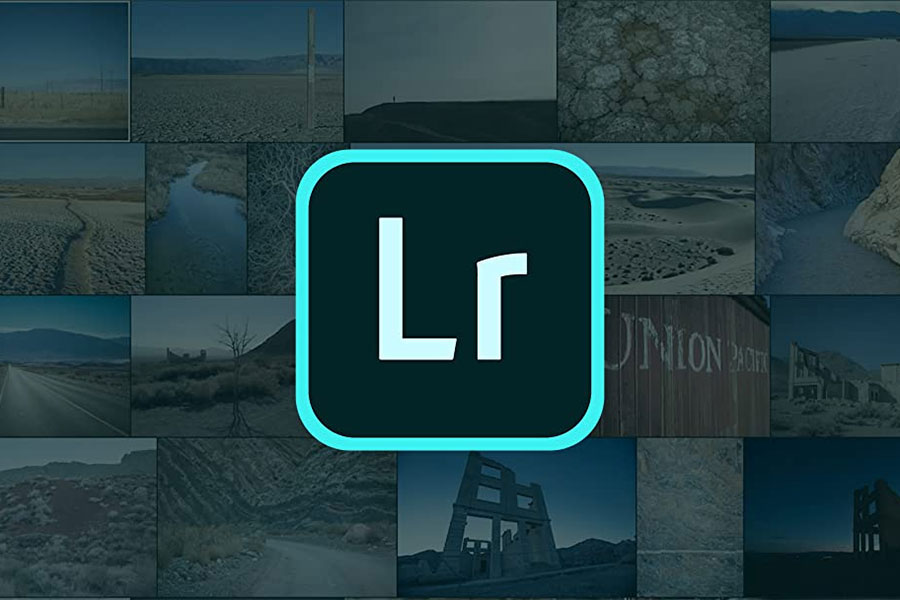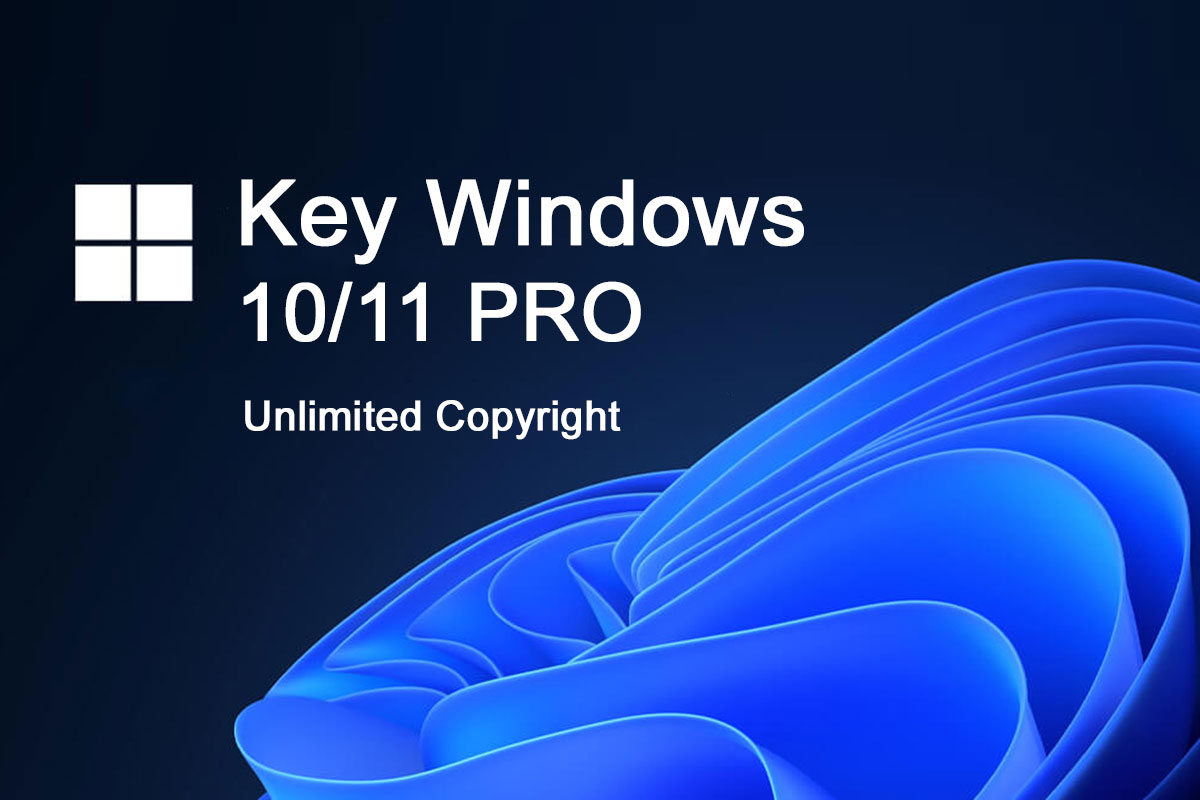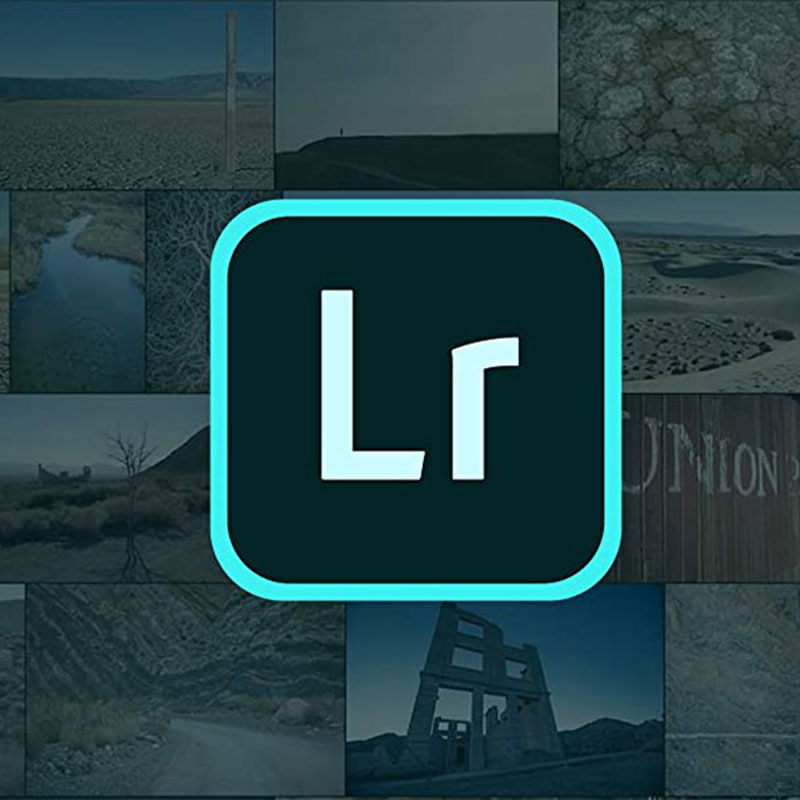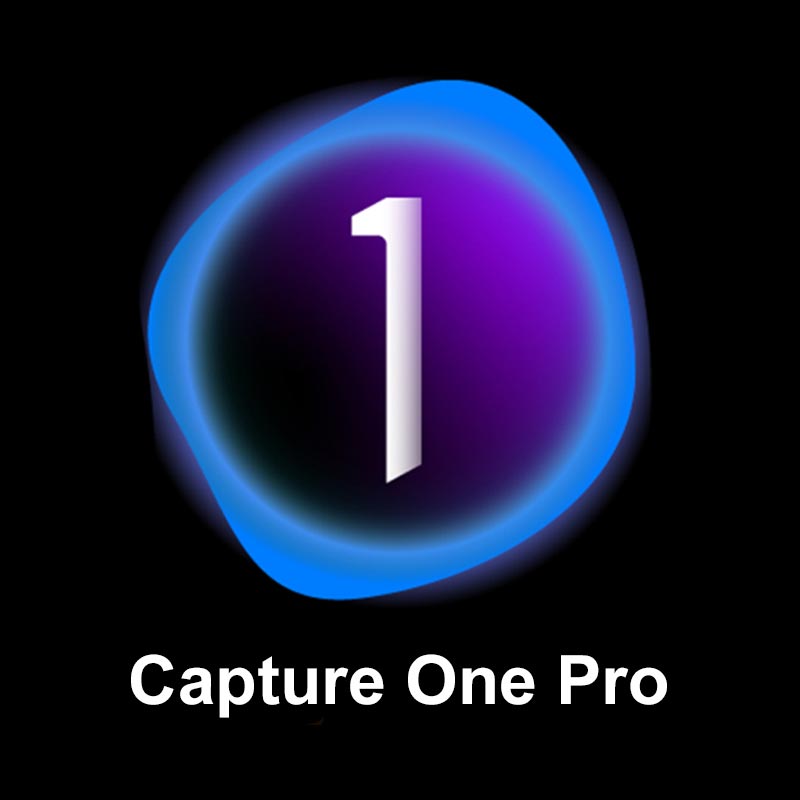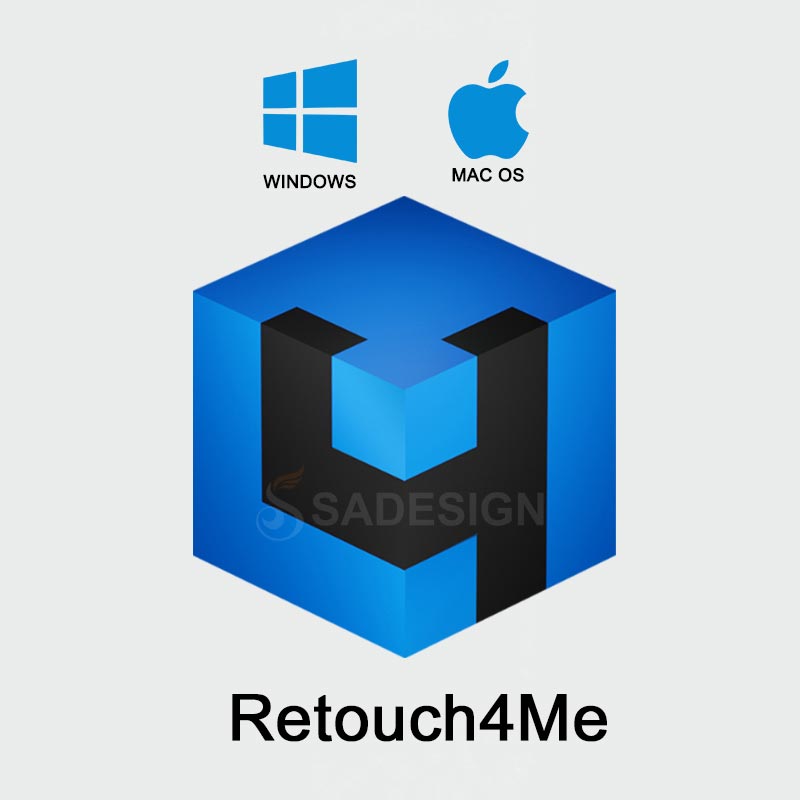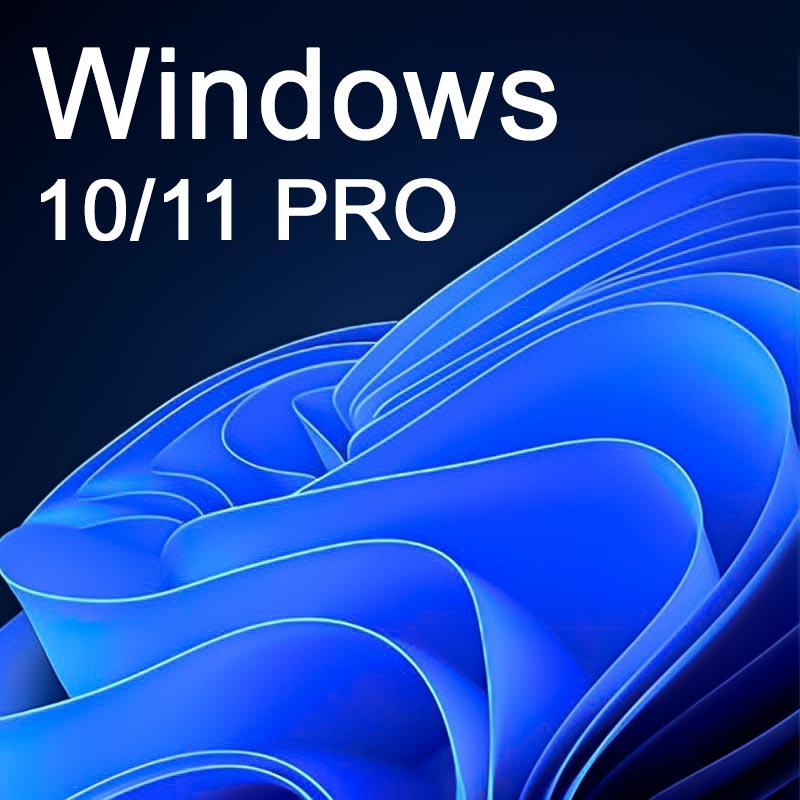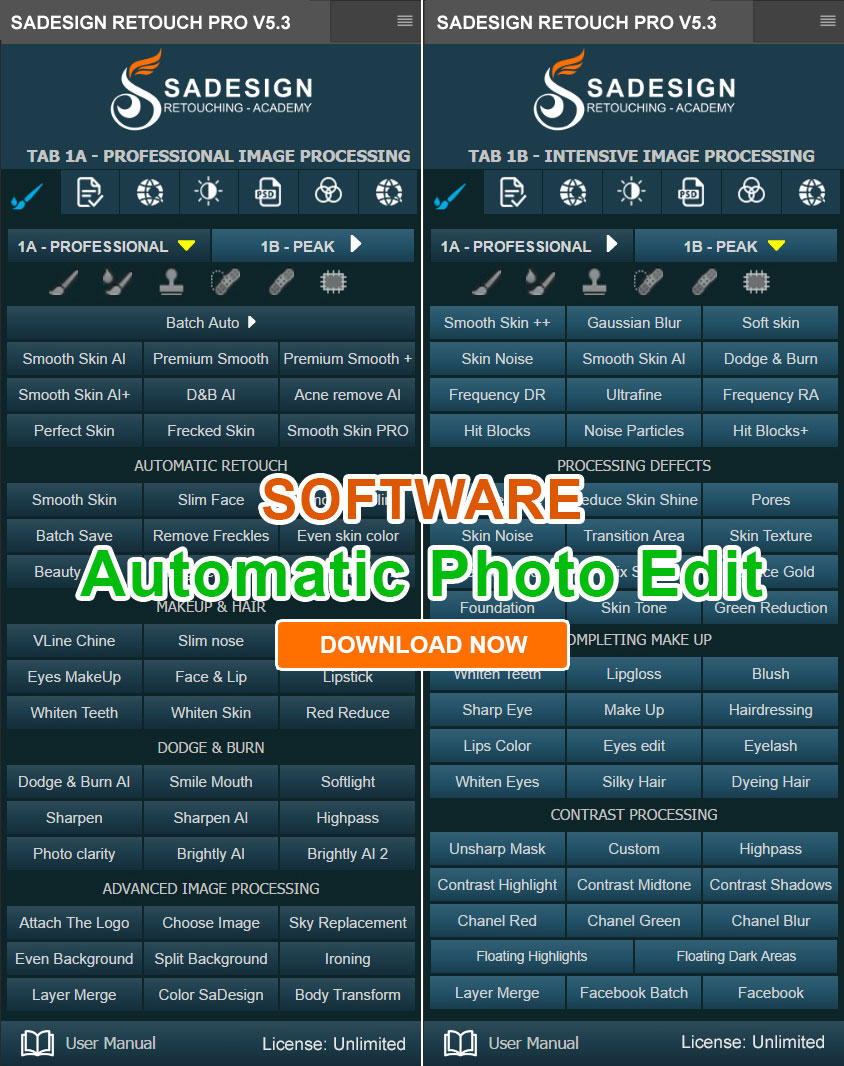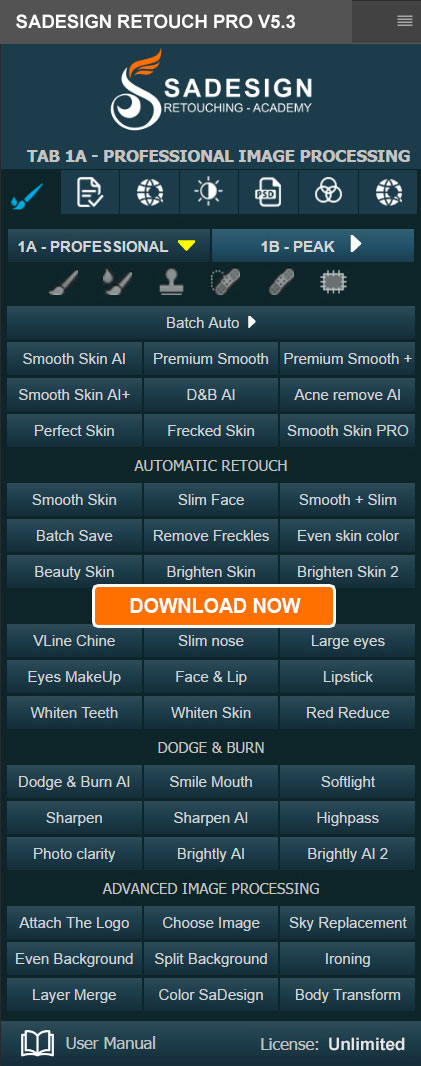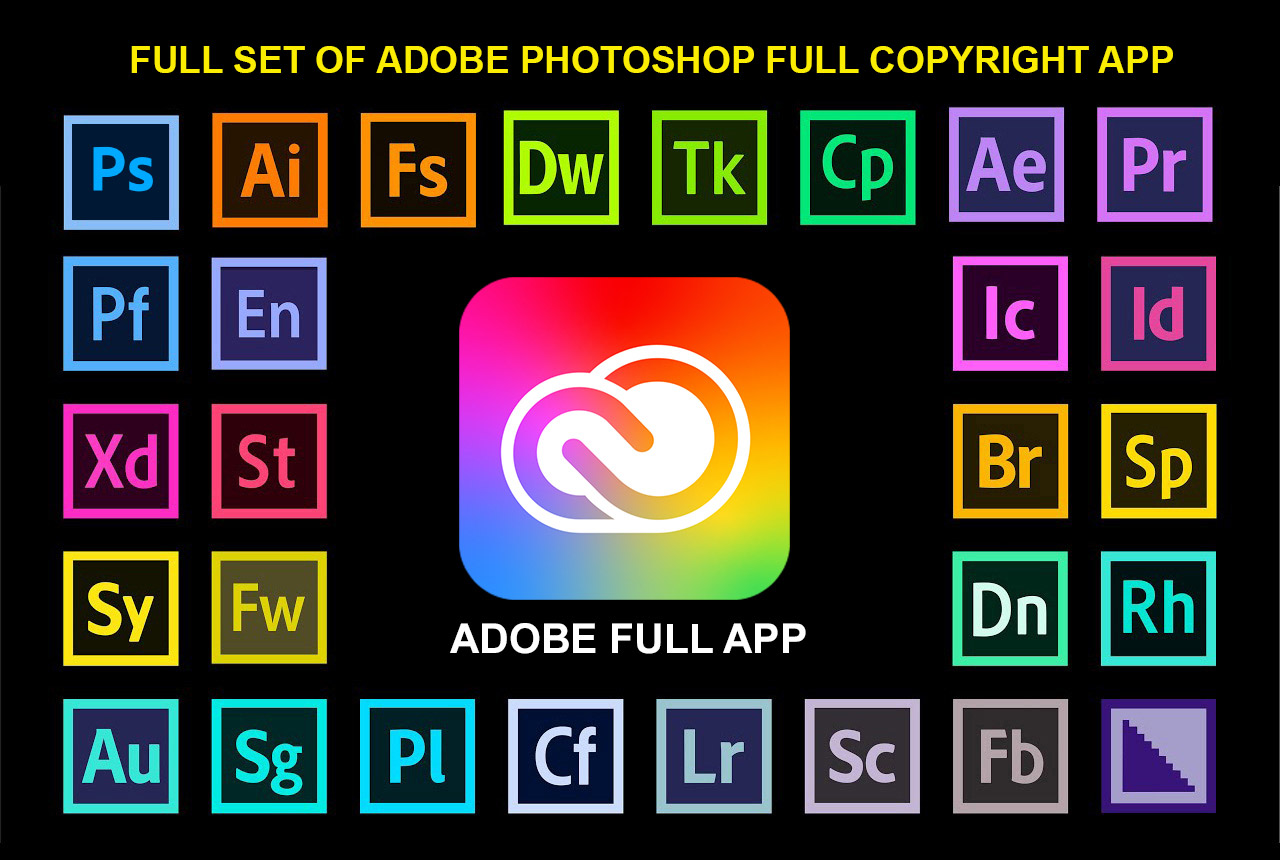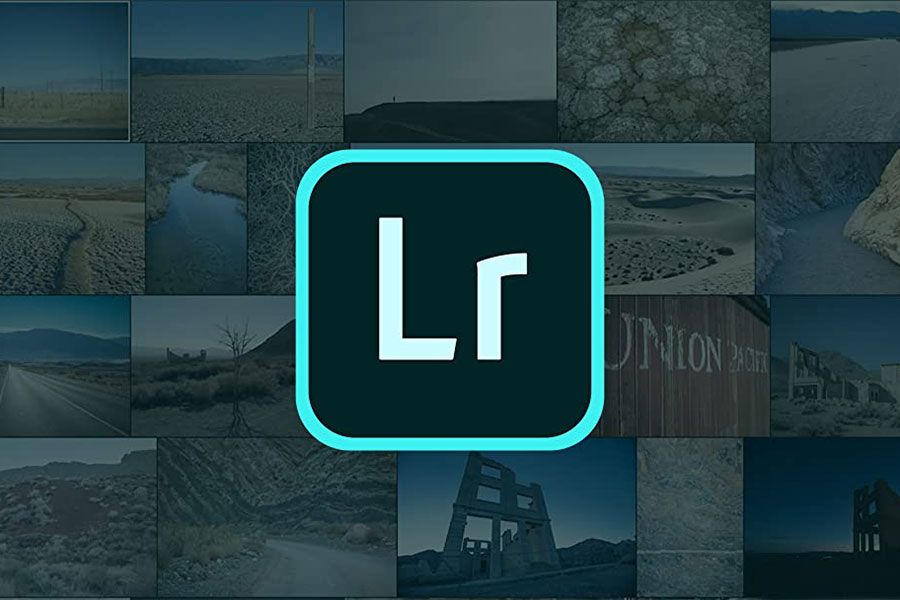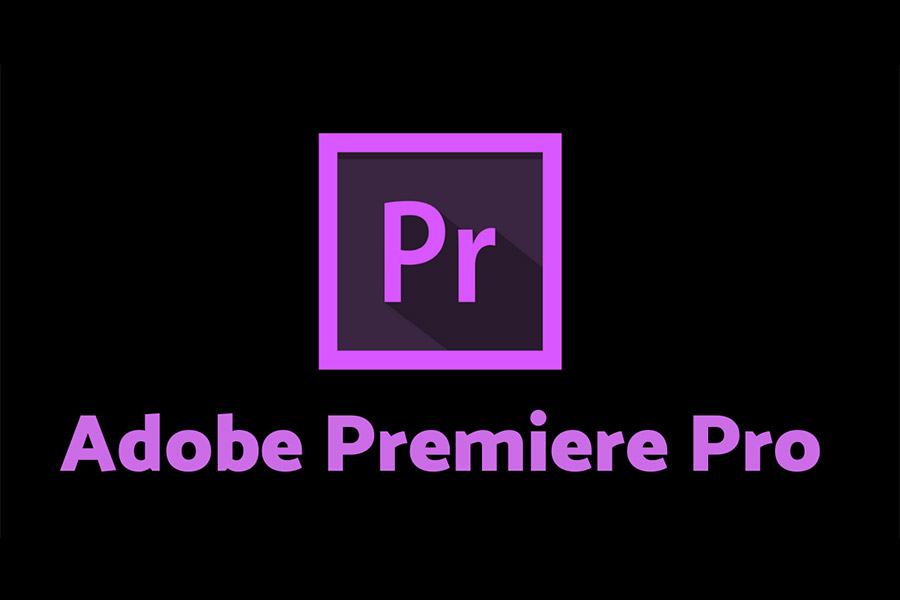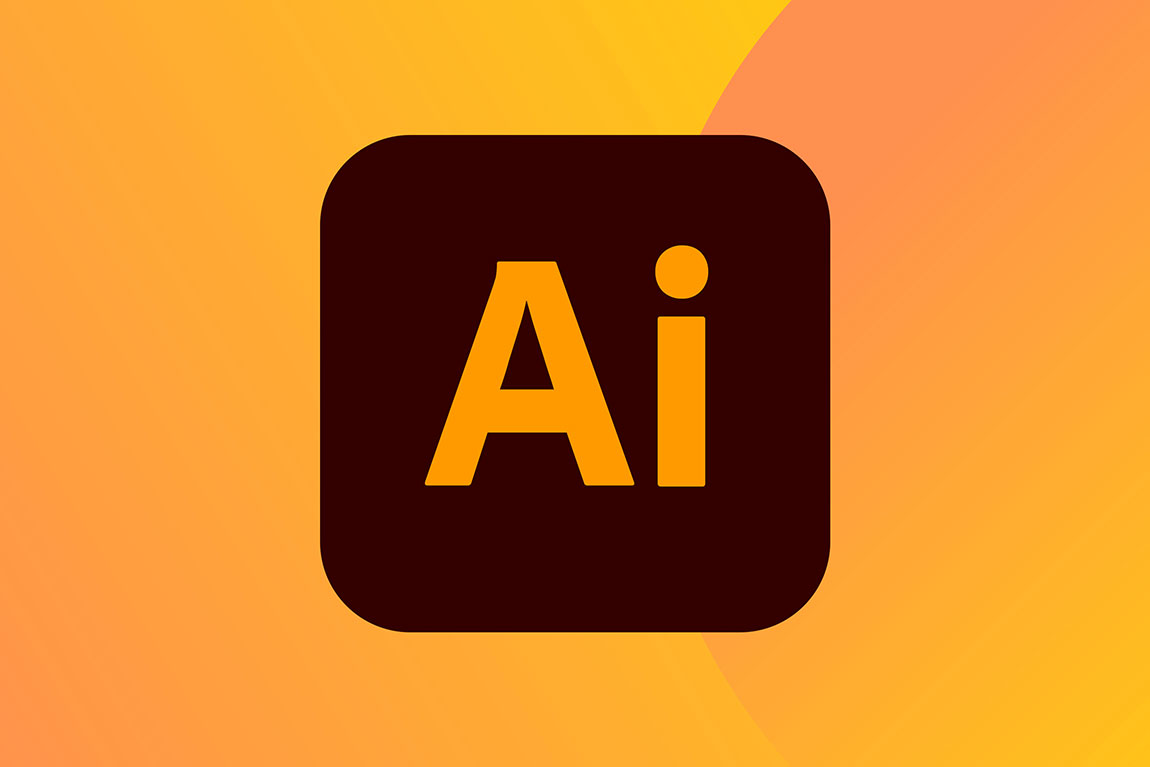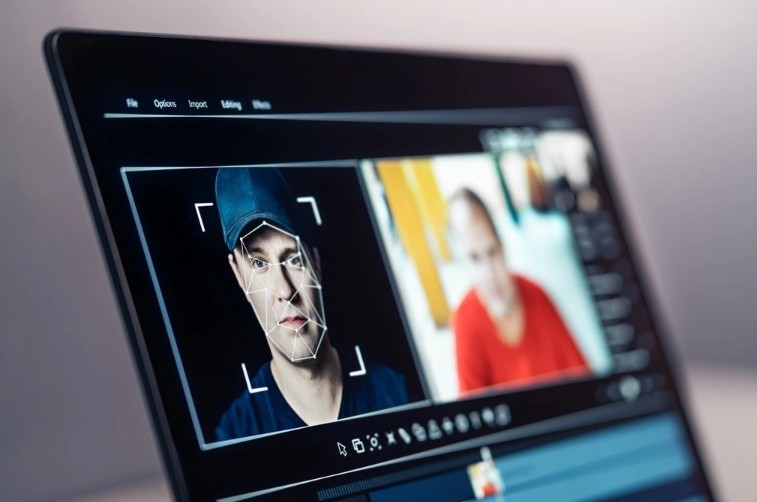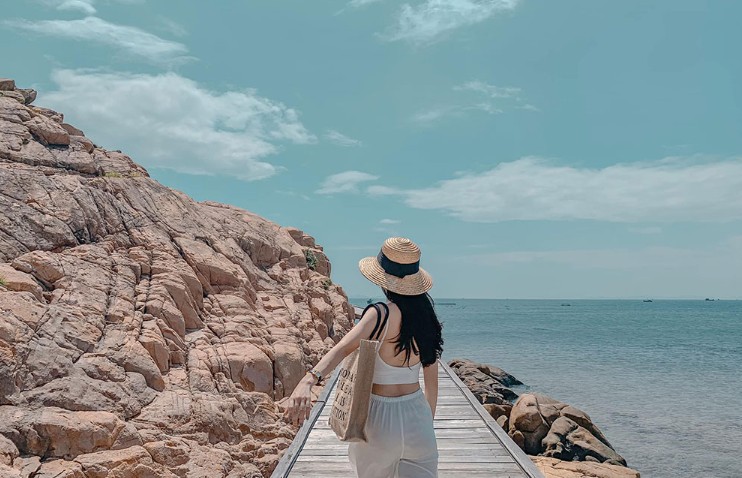Best Selling Products
Summer Photography Equipment Checklist: What to Bring to Keep Your Backpack Light and Take Beautiful Photos
Nội dung
To make each photo not just a souvenir but also truly profound, emotional and beautiful enough to confidently share or print, preparing the right equipment is an indispensable factor.
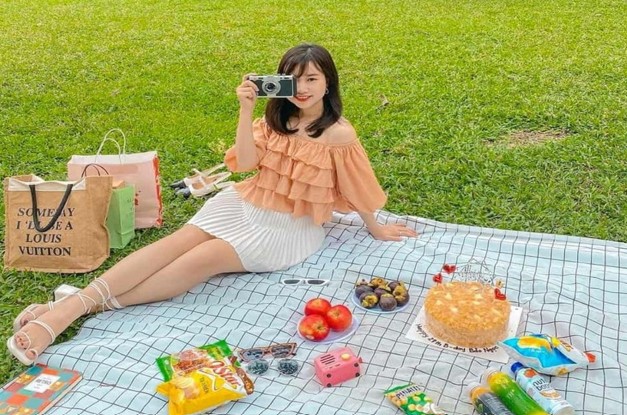
In particular, summer with its bright sunshine, vast sky and lush green grass is the ideal “outdoor studio” for anyone who loves photography. This is also the time when many people plan to record the most beautiful moments of their youth, of their adventures and of their unforgettable memories.
However, to make each photo not just a souvenir but also truly profound, emotional and beautiful enough to confidently share or print, preparing the right equipment is an indispensable factor. But what to bring, what to choose to not turn the trip into a "burden" because the backpack is full of equipment? The answer will be right below!
1. Compact camera
One of the “problems” that anyone passionate about outdoor photography has to face: How to balance image quality and convenience when traveling? If you have ever tried to carry a full DSLR set with 2-3 lenses on your shoulder in hot weather, you must understand the feeling of sore shoulders, tired neck and always worrying about protecting the equipment from the heat and dust.
That is the reason why mirrorless cameras are becoming the favorite choice of travelers, backpackers and even semi-professional photographers. The biggest advantage of this line of cameras is that they are compact, light, easy to pack and carry on the shoulder for many hours without getting tired. Meanwhile, the image quality today is close to, even surpassing many DSLR models in the same segment.
.png)
Some suggestions for mirrorless cameras suitable for summer
Fujifilm X-T30 II: An artistic camera with Fujifilm's signature classic film color. Weighing only about 383g (body), it's easy to hold and shoot all day without getting tired. The ability to reproduce sky and leaf colors is extremely impressive, bringing a retro-style frame.
Sony Alpha a6400: For those who like versatility. It has a super-fast autofocus system, 4K video recording, and electronic image stabilization. If you're a vlogger or want to shoot short clips capturing moments with a group of friends, this is the ideal choice.
Canon EOS R50: A friendly “friend” for beginners. Compact design, easy-to-use menu, quick operation. Just set it to Auto or Scene Mode and it will be enough to produce “cool” photos without spending much time on fine-tuning.
Why should you prioritize mirrorless cameras?
In addition to being light and compact, today's mirrorless cameras are often equipped with many smart features such as HDR shooting, fast Wifi/Bluetooth sharing, 5-axis anti-shake, face recognition... Very suitable when you have to take quick photos, take photos of many scenes with continuously changing light such as harsh sunlight, shady forests or fiery red sunsets.
The ideal summer getaway is one where you don’t feel weighed down by heavy luggage. A mirrorless camera will give you more freedom, more creativity, and most importantly, more enjoyment.
2. Flexible lens
Once you have a compact camera, the next question is: what lens to bring? Many people – especially beginners – often make the mistake of stuffing a bag full of lenses: wide angle, telephoto, fixed, macro… and then spend the whole trip just fiddling with changing and storing the lens. It is not only time-consuming but also increases the risk of dust getting into the sensor, especially in dusty places like the beach.
.png)
An all-in-one zoom lens or a multi-purpose zoom lens is the optimal solution. With just one lens, you can take landscapes, portraits, close-ups of food, and fun moments without missing a moment.
Popular travel lens recommendations
18–135mm or 18–150mm (for crop sensor cameras): This is the golden focal range for travel. The 18mm wide angle is enough to “collect” the entire blue sky, grassy fields, or a group of friends gathering for a picnic. When you need to take portraits or details from a distance, you just need to rotate slightly to zoom to 135mm/150mm without having to change lenses.
24–105mm f/4 (for full-frame cameras): A moderate zoom range, a constant f/4 aperture helps control light well in bright sunlight. This lens also delivers consistent image quality, sharp edges – suitable for Canon R-series or Sony A7 series cameras.
35mm or 50mm fixed lens: If you want to optimize your backpack but still have lifestyle shots, food shots, emotional family moments, then fixed lens is your "best friend". Light weight, large aperture, beautiful bokeh - shooting against the light, shooting at night are all easy.
If you use a zoom lens, add a UV filter to avoid dust and scratches on the lens surface and a CPL filter to control reflections, as I will explain in more detail in the next section.
3. Mini tripod or selfie stick
A compact tripod is sometimes more important than an expensive lens, especially when you want to take group photos, shoot timelapses of sunrises and sunsets, or expose the starry sky at night.
Many people subjectively think that when camping, you just need to hold up your camera and take pictures by hand. But in fact, with a mini tripod, you can freely create unique angles and take pictures automatically without having to ask someone else to take the picture.
.png)
Criteria for choosing a tripod for a summer trip
Lightweight: Prefer aluminum or carbon tripod, maximum 1kg.
Folded height: 40–120cm is enough for most situations.
Multi-purpose: Can be converted into a monopod (selfie stick) or vlogging handle.
Mini tripod models trusted by tourists
Ulanzi MT-44: Both a tripod and a vlogging stick, with flexible height adjustment. Lightweight, sturdy aluminum material.
Manfrotto PIXI: A compact, "national" tripod line, suitable for compact cameras or phones.
Benro Slim: Folds up to fit in a suitcase, can carry a mirrorless camera + small lens.
Don't forget to bring a cloth bag or strap to hook the tripod on the side of the backpack. When traveling long distances, this will significantly reduce the weight pressure.
4. Sun protection filter
Beautiful sunshine is something everyone loves when shooting outdoors. But harsh sunlight is an “enemy” if you don’t control the amount of light reaching the sensor. Many beach photos are overexposed, the sky is out of detail, or the water has a dazzling reflection, which is why you need a small but powerful weapon: an optical filter.
.png)
ND Filter – “Cools down” the light
ND (Neutral Density) is a filter that reduces the amount of light passing through the lens without changing the color. This allows you to open the aperture wide (create bokeh) or take long exposures in the daytime. It is ideal for shooting waterfalls, moving skies, or simply wanting to keep the highlight detail from being “blown out”.
CPL Filter – “Treasure” for taking pictures of sea, lake, forest
CPL (Circular Polarizer) helps remove unwanted reflections from water, glass, leaves, etc. At the same time, it makes the sky darker and the clouds clearer. Just turn the CPL at the right angle, and you will see that your summer photos become much more "cool" and clearer.
Bring a dedicated lens cleaning cloth to clean your filter before every shoot. Even a small smudge can ruin your best shot!
5. Necessary supporting accessories
Finally, don’t forget the following small but “powerful” accessories. They will help you deal with many unexpected situations and ensure your trip is not interrupted.
Must-haves:
Spare battery or extra camera battery: Summer heat makes batteries drain faster than usual. Bring at least 1 spare so you don't miss important moments.
High-speed, large-capacity memory card: Shooting 4K vlogs or shooting RAW requires a lot of space. A 64GB or 128GB UHS-I/UHS-II card is a good choice.
.png)
Shockproof, lightweight waterproof bag: Sweat, rain, sand and dust are all “enemies” of cameras. A protective bag will help you move with peace of mind.
Sun visor or wide-brimmed hat: Protects you and can also cover the machine when stopping for a long time in the hot sun.
Mini LED light or portable flash: If camping overnight, a small light will be a lifesaver for group photos, night selfies or lighting when needed.
Summer picnics are not only a time to relax, but also an opportunity for you to return to nature, recharge your batteries and record the most beautiful footage and photos. You don’t need to “carry” the whole studio with you, just choose the right one, bring enough, pack it neatly, and you’re ready for a memorable trip. Wishing you a trip full of sunshine, lots of smiles and “album-worthy” photos! If needed, I’m always ready to help you choose the most suitable equipment for your next journey. Ready? Now… pick up your camera and go.





